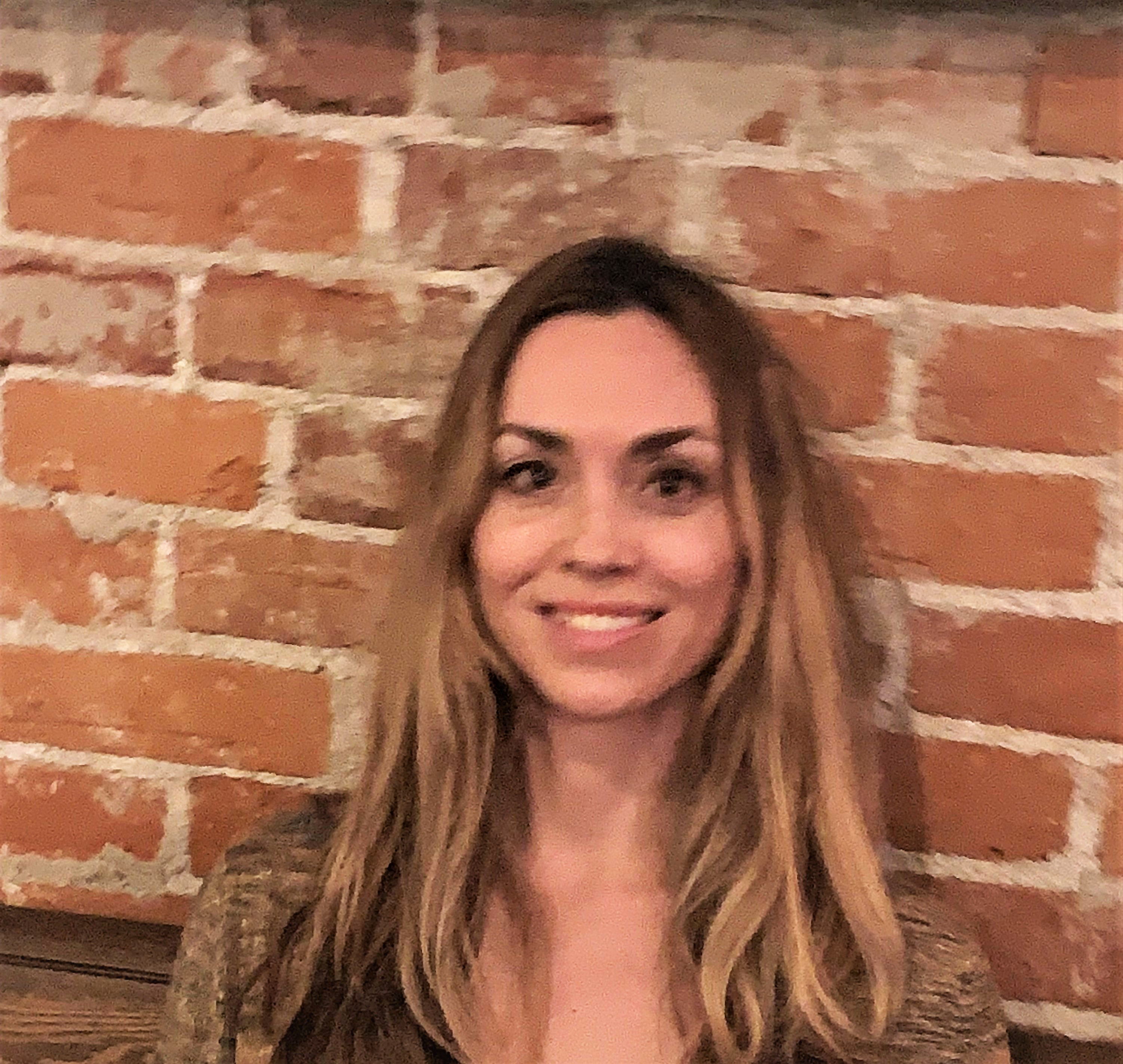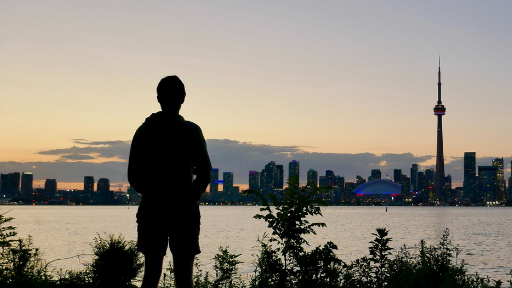In a webinar with Philip DeVol, whose books include Getting Ahead in a Just-Getting’ by World and co-authoring Bridges out of Poverty – he described the theory and principles behind Bridges and how the Getting Ahead model takes these ideas further.
 The Bridges work can be progressed to a community engagement process that is about enabling communities to lead and shape their own future stories. For those familiar and already involved in this popular work in the community, it was an opportunity to reflect on the process and relevance in the current climate.
The Bridges work can be progressed to a community engagement process that is about enabling communities to lead and shape their own future stories. For those familiar and already involved in this popular work in the community, it was an opportunity to reflect on the process and relevance in the current climate.
The Bridges movement, utilized in a number of countries, is about bringing people together from all classes, races, sectors, and political persuasions to address causes of poverty and build communities where everyone can thrive. Getting Ahead’s agenda is about participating in transformation.
Building structural change needs to be seen through a ‘triple lens’:
- The individual – understanding one’s own world view
- The institution – improving outcomes
- The community – working together to improve systems
Bridges uses the definition of poverty as “the extent to which an individual, organization or community does without resources.” Resources come by way of financial, emotional, mental, spiritual, physical, support systems, relationships/role models, and knowledge of hidden rules. Resources are interconnected, and strengths in one area can enhance another. Hidden rules mean understanding value and motivation. For example, for those living in poverty, this includes relationships and survival; for the middle class, it is about achievement; and for the wealthy, it is about financial, political and social networks. A common thread throughout is power, that can play out differently.
Successes of this approach point to the need to have all people from all walks of life engaged in addressing poverty, but first is intentional in developing that understanding. It is about building bridges and solutions with both the resourced and under-resourced. Importantly it is about tapping into the bonding and bridging capital that an individual has. And that we are all resource-rich and have power. This shifts away from the ‘scarcity mindset’, which affects the ability to learn, to contribute, and to change. A core concept in this process is that learning is facilitated rather than taught, and learners are investigators who learn from drawing on their own knowledge and experience.
What does this mean in the current context, and for community engagement? Like many, taking this model to a virtual platform is already being explored. Virtual community engagement can be challenging but can work when intentional and sensitive to how it can be done safely and equitably. This process can evolve to continue to promote hope, resources and future stories.
Learn More
- Watch the Webinar Bridges Out of Poverty
- Visit the Website





